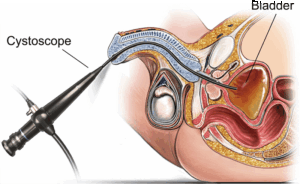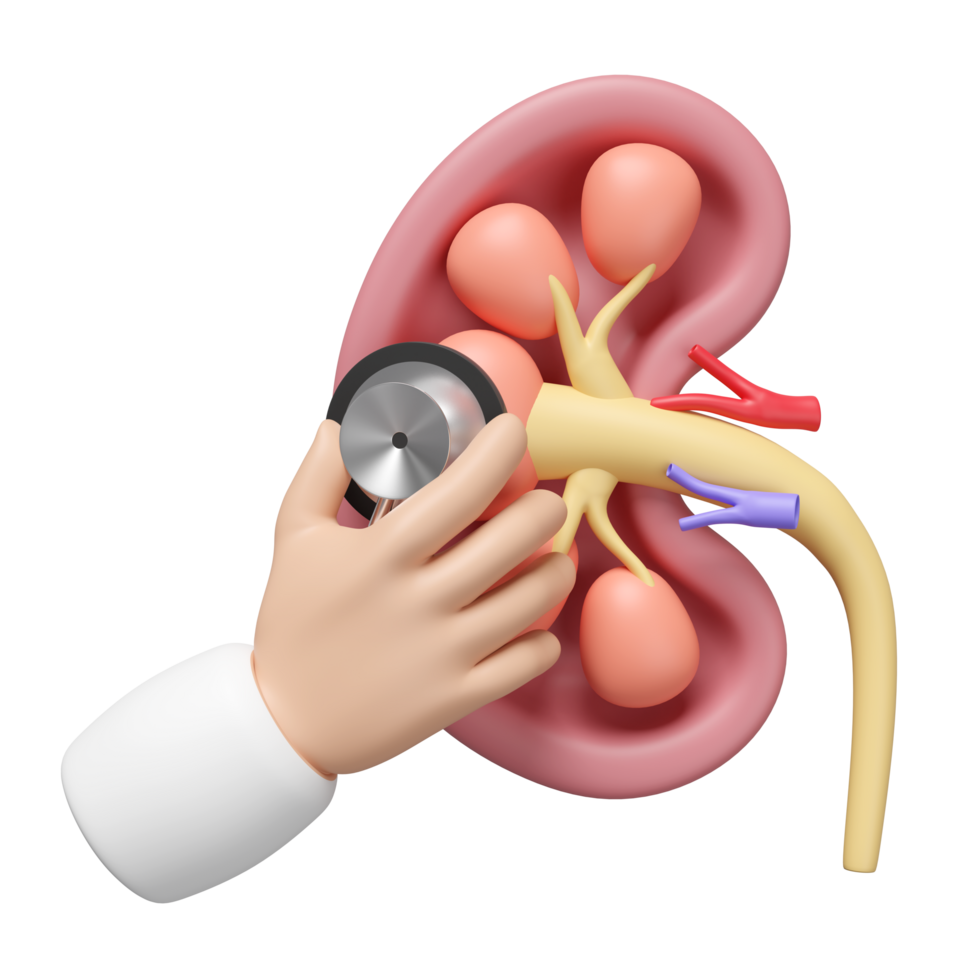Cystoscopy:
What is the purpose of cystoscopy?
It is frequently utilized to identify any anomalies in the urethra and bladder and its lining, as well as the sources of bladder stones, hemorrhage or obstruction.
How Do You Perform Cystoscopy?
Most frequently, cystoscopy is performed as an outpatient treatment in a clinic. You will have to empty your bladder before to the treatment. After that, you’ll be placed on an examination table. local anesthetic gel applied. Cystoscopies typically take five to ten minutes.
The cystoscope is placed into the bladder via the urethra. The cystoscope is a narrow, lens-equipped, illuminated tube. Some models are hard, but most are pliable. The cystoscope is used to diagnose the problems of the urethra and bladder. The bladder wall stretches as the fluid fills it, allowing the urologist to see clearly.

What Are Cystoscopy Outcomes?
The bladder should be of normal size, shape, and location, and the wall of the bladder will frequently appear smooth. There should be no obstructions. Your healthcare team may recommend a follow-up procedure to enable the official removal of any abnormal tissue, or they may use the cystoscope to remove a tiny sample of the tissue if it seems abnormal.
Following Cystoscopy
For up to 24 hours following the removal of the cystoscope, you can experience burning sensations and soreness in your urethra. Urine may initially include blood, but this should disappear in 12 hours. Inform your medical provider immediately if you continue to experience pain, develop a fever, or have bright red urine.

